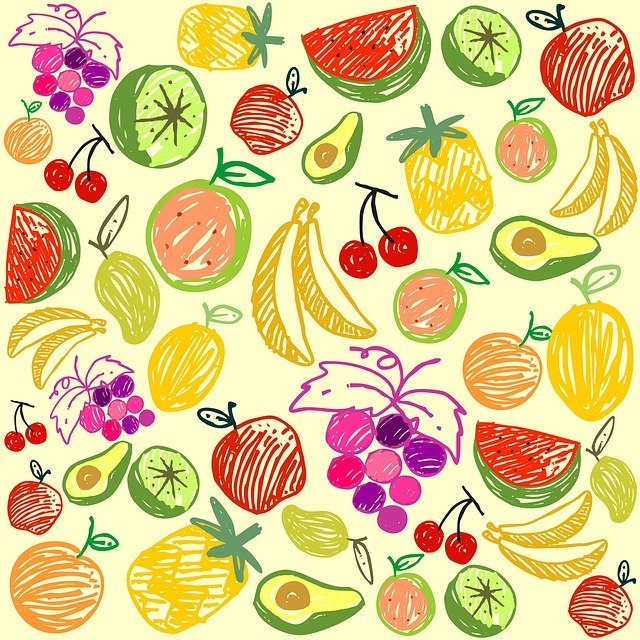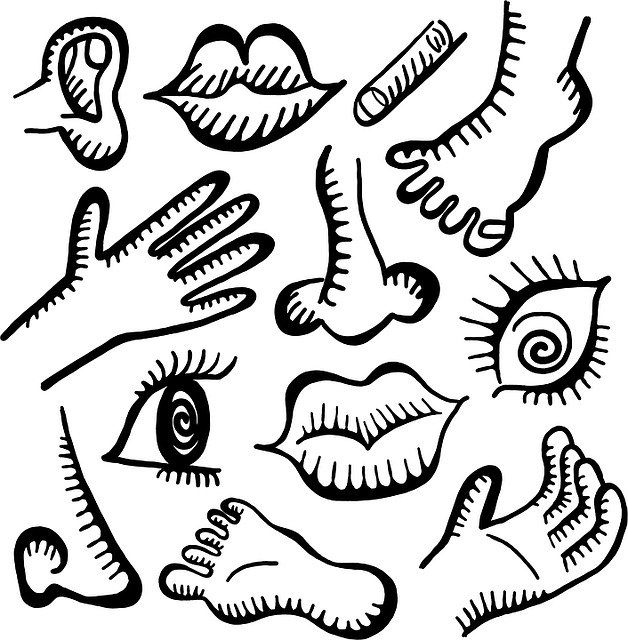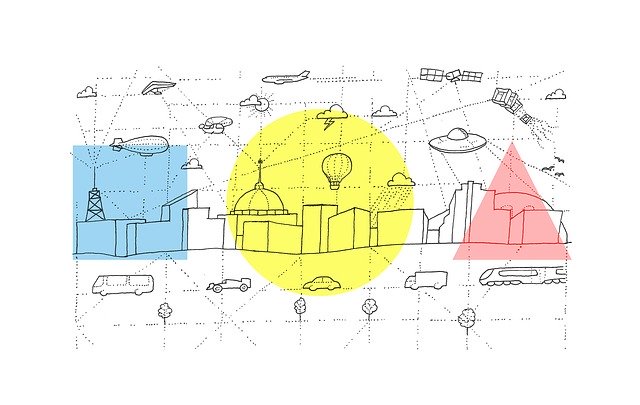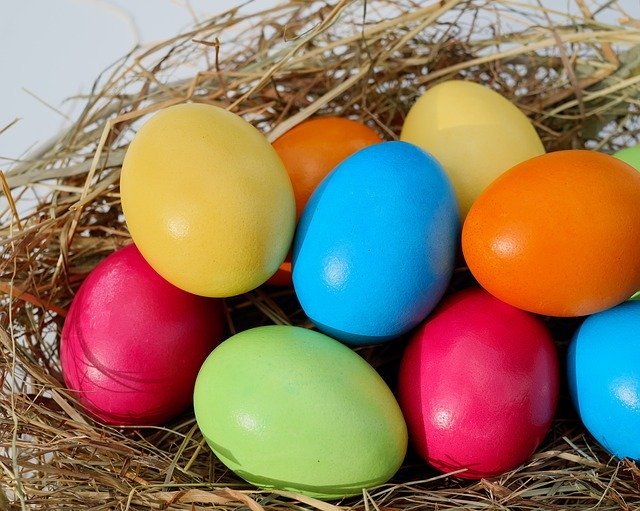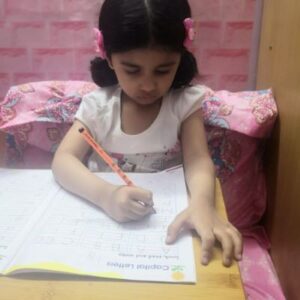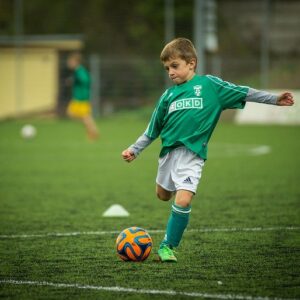Hello again
In the last article, we shared few ideas on how we can teach our kids alphabets, numbers, counting and writing. In this one, let us see how we can teach them basic concepts like colors and shapes.
I know this should have come before the alphabets and numbers part, but never mind.
Let’s begin.
Body Parts
Body parts are the first thing that we start teaching our babies. It is the first because it is the easiest. Most of the babies recognize at least 2-3 body parts at the age of 1 year, and I hope none of you need tips on this. When you talk to your babies, even when they are as young as 1 year, you include body parts names, like eyes, hands etc. If you don’t, then start. Just include little activities while playing with the child, like ‘move your hand’, and you show him his hands, or your hands; ‘blink your eyes’ and show him your eyes blinking. You can also tell him directly: ‘where is your head? This is your head’. Don’t worry, he is a small baby, he won’t say that please don’t pressurize me (uufff, I am so scared of the trolls).
Once my baby knew the names of common body parts, like eyes, nose, head, hand, legs, etc., I wanted to teach her others also, like waist, wrist, eyebrows etc. So what I did is I used to tell her any two new names and then kept revising them for next 4-5 days. While playing, I used to ask her casually, ‘where is your wrist’. If she could not answer, I told her. And I kept practicing those 2 parts till she knew them confidently. Afterwards, next two, and so on.
Colors
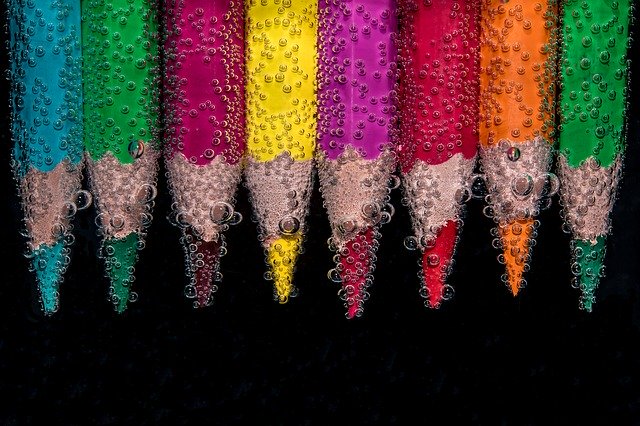
After body parts, colors are the next thing that we teach our babies. Till 18 months of age, babies usually cannot differentiate between various colors. After 18 months, their ability to see different colors starts developing. Once they are able to differentiate, only then they can start recognizing. How long a child takes to differentiate and then recognize colors may vary. So keep your expectations real.
After 18 months, you can start helping the child in identification of colors. In my last post, I emphasized on the point that ‘you don’t have to teach’; but in case of colors, you will have teach initially. Why? Let me explain.
If you point towards his toy car and say that this is a ‘red car’, he would think that ‘red car’ is the name of this object and he would not know that ‘red’ is a color, he would not know what does ‘color’ mean. What you have to do here is, keep 3-4 objects of red color and a few more non-red objects. For example, you have an apple, a car, a teddy bear, all red, and a banana. (By the time you are teaching about colors, I assume that your child knows the names of these objects). Then point out ‘this is an apple, this is of red color. This is your car, this is also of red color. This is banana, this is not of red color’. When you are telling the similarity in first three objects, the baby will find out the common characteristic of those three objects, and will know what the ‘color’ means. This obviously needs repetition of the activity, but the child will understand gradually.
Once he understands the meaning of ‘color’, then you might not have to ‘teach’ him; you can simply start talking in terms of colors. And right after you make him understand the concept of ‘color’, you can start talking about all the colors at the same time (though start with simple and common ones initially). For example, ‘which dress would you like to wear today? This yellow colored one, or this red colored one?’, or, ‘can you please give me your blue colored crayon’. If he does not know which is blue, he will ask. You will tell and he will know what does blue color look like. What’s important is that he should know the meaning of ‘color’. Once he knows, just keep pointing out the colors and soon he will know all the colors.
Shapes
Learning shapes is little more difficult than learning colors. One reason is that shapes are not as distinguished and attractive as colors and also because the names of the shapes are more difficult (triangle, square, rectangle). Another reason is that almost everything around us has a color, but not everything has a well defined simple shape. For example, the chandelier in your room has a color but might not have a simple shape; the wall behind you has a color, but not a very simple shape (okay, I know it is a big rectangle, but it is too big for a child to visualize). So it is a little more difficult. But child has to learn one day, so we will have to start.
In case of shapes, I would suggest to NOT to start with objects or practical examples. Because as I said that shape of an object is not as distinguished as color, the baby might not be able to understand what you are talking about. For shapes, you should start with paper and pen (or pencil, or color). When the child is scribbling, you draw a circle, and tell him that it is a circle shape. Make sure you introduce the word ‘shape’. Then draw more circles, and other shapes also. Tell him these all are circle shape and these are not.
Once he knows the meaning of ‘shape’, then you can start talking about shapes of real life objects. For example, ‘this is a ball, this is green in color, this has circle shape (circle, not sphere, keep it simple).
Reinforcement through Game
I often play a game with my daughter, ‘finding colors and shapes in the room’. While playing with her in a room, I tell her a specific color and then ask her to find out that color in the room. This game will reinforce the knowledge of your child about the colors.
My daughter knows all the colors since long, but still I play this with her because this is not only about colors, this is about thinking, observing, focusing and developing presence of mind. Initially she could not play well. Although she knew the colors very well, but she did not know in which direction she has to push her brain. When I identified a few times, she knew how to think, and now she plays this game so well.
Similarly, you can ask to find out shapes, like door is a rectangle, cushion is square, fan is circle.
For this game and for all the activities/games that I proposed in my last write up, I want to point out that as soon as you notice that the child is getting distracted, end the activity. If you insist on continuing, their brain will know that this is not a game. Let these be a game only for them, so that you can play (and teach) again.
Long/Tall-short; Big-Small; Fat-slim; Hot-Cold; In-Out; Sink-Float; Heavy-Light
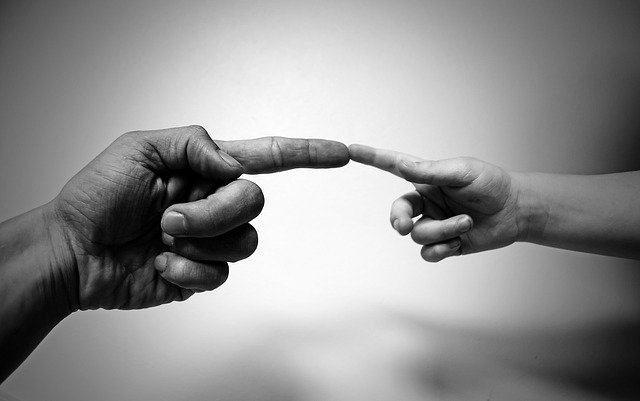
Do not teach these concepts on paper, teach them in real life. I show two fingers to my daughter and tell her which is long and which is short. I tell her that I am fat and she is slim. I tell her that my hand is big and her hand is small. I tell her that her table is inside the room and her bicycle is outside the room. I give her a book and a pencil and tell her that book is heavy and pencil is light. I put things in the tub filled with water and show her that heavy objects are sinking and light objects are floating. There are endless things that you can tell them about. Keep telling.
Identifying Objects
Here the rule applies: ‘Do not teach’. Just involve them with yourself. Instead of teaching them ‘this is potato’, ‘this is apple’, ask them ‘can you help me, can you please bring a potato from that basket’. Kids love to help. They will agree and will ask you which one is the potato? And then if you tell them, they will not forget. Just try to talk about the objects; involve objects in your conversations and your activities.
New Words
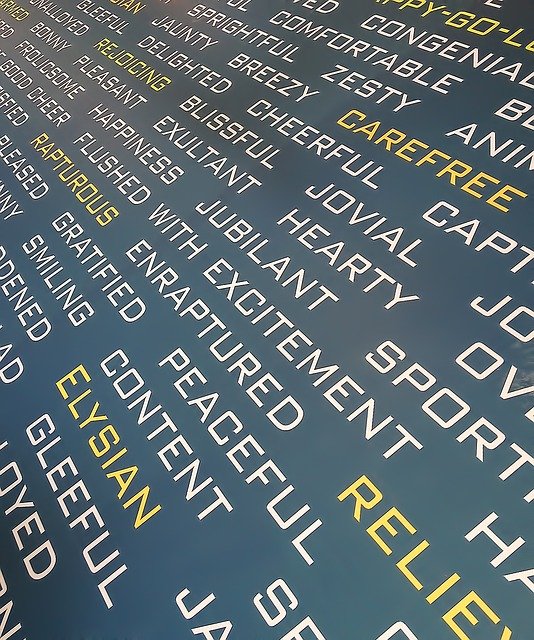
The rule here is ‘Just talk, talk and talk’. Talk to the babies as much as you can (as much as your energy level allows) even if you think that he does not understand. You never know what a child might pick (this also means that you have to be very careful about what you speak in front of the baby).
Another point, whenever you speak a new word which you think that the child is old enough to understand, take a pause and explain its meaning, and then move on. While I tell stories to my daughter, I try to use age appropriate new words, and English words, and tell her their meaning there and then, and then move on. I am surprised how good her vocabulary has become (mother tongue and English both) with just this simple trick.
New Concepts

To teach your child new and simple concepts, you have n number of opportunities every day. You only have to grab and make good use of them. Don’t waste any chance. For example, when your child talks about sun, you have the chance of telling him about sunlight and its importance, you can tell him that sun is actually big but since it is far away, it seems small. When the child is in the park, you can tell him about the trees and their importance. Talk to them about birds, animals, rivers, nature. You can tell them about living and non-living, hot-cold, happy-sad and much more just by picking up objects and incidences around you. Just keep your brains open and help the kids open up their brains too.
For example, while watering the plants, I asked my daughter that why we put water in the soil and not directly splash it on the plant. She obviously had no answer but she became very curious to know, and then I told her about roots. I showed her a picture of roots and told her that plants pick up water from soil through roots and then distribute inside the plant.
Here, I want to mention one thing (mainly addressing those who believe that we should not teach the child much). I agree that there is no harm if my daughter does not know about roots at the age of 3. She will learn it later anyway. But talking about new things and new concepts pushes the child’s brains to imagine, to think. When I tell my daughter that sun is very huge and is extremely hot, it has fire on its surface, I am sure she must be making a picture in her head (you imagined it too, right?). When I told her about roots, I am sure she tried to visualize every plant along with their invisible roots, she imagined roots beneath the soil surface. I don’t push her to learn, I am not going to take her exam. I usually do not even ask her later if she remembers it or not. We should not pressurize young kids, but we should make their brains imagine, think, create and ask questions. And trust me, kids enjoy this more than any toy.
Oh, the article again is very long and I am still left with several things that I want to share with you all. Never mind, next time.
For now, I would end up with the most important point that ‘Focus on concepts, not on rote learning. Focus on developing the intellect and cognition of the child. This is the best time’.
Good luck to you and Love to your munchkins.
If you found this article useful, and want to see all these ideas and many more ideas in videos form, please follow the Facebook Page to stay connected and be notified of more useful articles in future. I do these activities and more interesting activities with my daughter and post the videos on this page, so do not forget to like/follow the page.
Please connect on Instagram for daily updates and quick tips.
Also Read:

